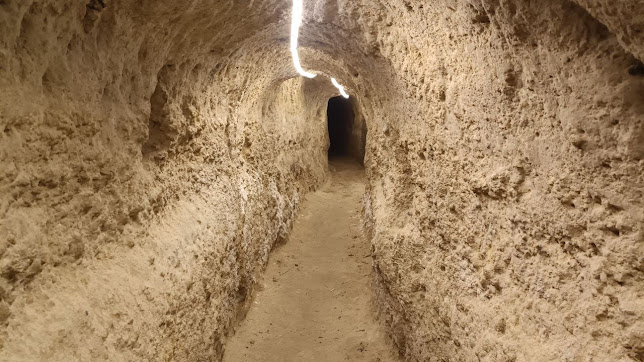Niaser Cave: a journey into the depths of history and mystery
History and history:
Ghar Niaser, which is also known as Ghar Raees, Ghar Talar, and Ghar Weis, dates back to the Parthian era (about 250 years BC), and holds many secrets in its heart. Numerous excavations and researches in this cave show its various uses throughout history. Evidences such as Parthian and Sasanian coins, pottery and dishes from those periods, as well as a stone statue of a ram’s head (probably one of the sacrifice statues in Mithraism) prove this claim.
Architecture and structure:
This remote cave in the heart of the Vulture Mountain, with a height of 2300 meters above sea level, has a unique architecture. Halls, narrow and winding corridors, low-ceilinged chambers and numerous wells are among the various parts of this amazing cave. It is interesting to know that the ventilation of the cave is done naturally and breathing is easy.
Uses of the cave throughout history:
Although the experts have not yet agreed on the reason for the construction of this cave, there are many opinions in this field.
Religious Temple: Some believe that due to the presence of the waterfall and the sanctity of water in the eyes of the ancient Iranians, as well as the sculptures and paintings related to Mithraism, this cave was used as a temple to perform religious rituals.
Safe place and shelter: due to the location of the cave and the existence of narrow and winding corridors, some others believe that this cave was used as a shelter during times of insecurity and wars.
Food storage: The cool and constant temperature of the cave made it a suitable place for food storage in the past.


